Fat Composition of Coconut Oil | The Conscious Life
- Usage:Coconut Oil, Coconut Cooking oill Plant
- Type:Cold & Hot Pressing Machine, Crude Coconut oill Plant
- Automatic Grade:Automatic
- Production Capacity:300TPD Crude Coconut oill Plant
- Voltage:380V
- Certification:ISO9001
- After-sales Service Provided:Engineers available to service machinery overseas
- Working mode:Automatic oill Production
- Final Product:RBD Coconut Oil
- Refining process:Degumming,Decolorization,Deodorization,etc
Fat Composition Analysis. Available data suggests that 100 g of coconut oil contains: 6.39% of monounsaturated fat, 1.72% of polyunsaturated fat, and 83.26% of saturated fat out of a total lipid of 99.06 g. The amount of trans fat is negligible (0.03%) and it contains no cholesterol.
Coconut Oil - an overview | ScienceDirect Topics
- Usage:Coconut Oil, Coconut oill Production
- Type:Coconut oill Production Machinery, Coconut oill Production Machinery
- Automatic Grade:Automatic
- Production Capacity:5-600TPD
- Voltage:380V
- Certification:ISO9001
- After-sales Service Provided:Engineers available to service machinery overseas
- Working mode:Automatic oill Production
- Final Product:RBD Coconut Oil
- Refining process:Degumming,Decolorization,Deodorization,etc
Coconut oil is a source of many oleo chemicals such as fatty acids, methyl esters, and fatty alcohol. For cooking and toiletry purposes, it is commonly used in the form of filtered coconut oil. Virgin coconut oil, which is a high-quality oil, is prepared from the milk extracted from the raw kernel.
Coconut Oil - an overview | ScienceDirect Topics
- Usage:oil refining machine
- Type:Cold & Hot Pressing Machine
- Automatic Grade:Automatic
- Production Capacity:100%
- Voltage:380/220V
- Power(W):according to actual process capacity
- Dimension(L*W*H):according to actual process capacity
- Weight:according to actual process capacity
- Certification:CE
- After-sales Service Provided:Engineers available to service machinery overseas
- Bank credit rating:AAA
- certificate:ISO9001&CE
- Capacity:1t-600t
- Function:refining various kinds of oil seeds oil
- Raw material:oil seeds,Coconuts oil
- Warranty:1 year
- Service life:20 years
- After sale service:design the workshop/ installation/ training workers
Coconut oil is considered a lauric oil whose fatty acid composition is high in lauric acid (45–50%). Moreover, coconut oil is a rich source of medium chain triglycerides with carbon numbers falling mostly in the C32 to C44 range. Coconut oil is sold as grades 76 or 92, which refer to the melting point in degrees F.
Coconut Oil & Medium-Chain Fatty Acids
- Usage:Coconut Oil
- Type:Cold & Hot Pressing Machine, Coconut oill Plant
- Automatic Grade:Automatic
- Production Capacity:50TPD Coconut oill Plant
- Voltage:380V
- Power(W):Based On Coconut oill Plant Capacity
- Dimension(L*W*H):Based On Coconut oill Plant Capacity
- Weight:Based On Coconut oill Plant Capacity
- Certification:ISO9001
- After-sales Service Provided:Engineers available to service machinery overseas
- Raw Material:Vegetable Oil Suitable for Coconut,Peanut,Coconut,Coconut
- Material:Stainless and Carbonless Steel
- Pretreatment Process:Cleaning,Hulling,Breaking,Soften,Flaking,Puffing,Toasting
- Cooking Oil Machinery Process:Pre-treatment,Solvent Extraction,Refining
- Solvent Extraction Process:DTDC,Miscella Toasting and Stripping,Solvent Collecting,etc
- Service:Engineer Abroad Erection
- Refining Process:Degumming,Deacidification,Deordorization,Decoloration,etc
- Process Capacity:30-500TPD
- Packing:Frame and Container
Coconut oil contains antioxidants such as vitamin E, provitamin A, polyphenols and phytosterols. Because coconut oil has a lot of medium-chain fatty acids it can be useful for malabsorption conditions. May have some antibacterial, antiviral and antifungal properties. May help support the immune system.
Fatty acid composition and possible health effects
- Usage:Coconut Oil, Small Scale Coconut oill Mill Machine
- Type:Cold & Hot Pressing Machine, 50TPD Small Scale Coconut oill Mill Machine
- Automatic Grade:Automatic
- Production Capacity:5-100T Small Scale Coconut oill Mill Machine
- Voltage:380V
- Certification:ISO9001
- After-sales Service Provided:Engineers available to service machinery overseas
- Control system:Automatic
- Operation:Mechanized operation
- Matetial:Stainless Steel
- Raw Material:Coconut,etc.
- Color:Siver
Because of its high content of saturated fatty acids, the consumption of foods containing coconut oil may therefore be a risk factor for CHD. While the fatty acid composition of coconut oil is well established, relatively little is known about the other constituents of coconut: the milk, water, cream and meat fractions.
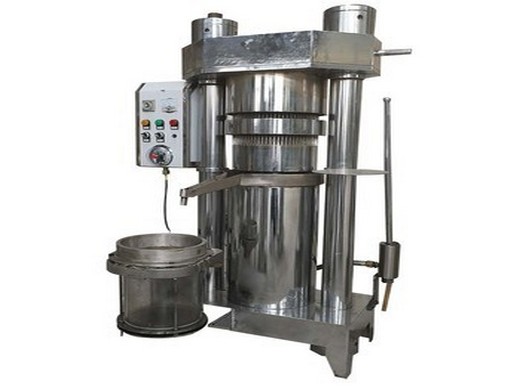
VCO Supplier - The Fatty Acid Composition of Coconut Oil
The saturated fat in coconut oil is made up of seven different types of fatty acids, including caproic, caprylic, capric, lauric, myristic, palmitic, and stearic acid. Of the seven types of acid, lauric acid is the most predominant. Coconut oil contains about 6 g of lauric acid, a type of medium-chain fatty acid.
GET PRICE
Fatty Acids and Derivatives from Coconut Oil - Gervajio
Coconut oil and palm kernel oil are import feedstocks in the oleochemical industry. Oleochemicals are defined as chemicals made from oils. Coconut oil is well positioned because it has the unique advantage of having its fatty acid composition falling within the carbon‐chain spectrum desired for the production of oleochemicals.
GET PRICE
Fatty Acid Composition Health Effects of Coconut Constituents
Fatty Acid Composition and Possible Health Effects of Coconut Constituents Saturated fatty acids from coconut oil have begn shown to inhibit release of prostanoids in rats
GET PRICE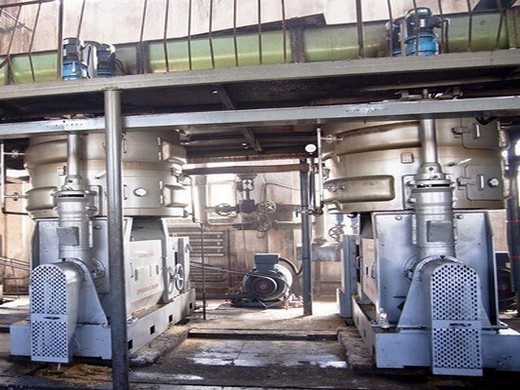
Fatty Acid Composition of Fats and Oils - UCCS Home
Fatty Acid Composition of Fats and Oils Percent of Total Fatty Acids Kind of Fat or Oil Saturated Monounsaturated Polyunsaturated Safflower oil 9 13 78 Palm oil 51 39 10 Beef tallow 52 44 4 Butterfat 66 30 4 Palm kernel oil 86 12 2 Coconut oil 92 6 2 Bottom figure from Personal Nutrition, 6th ed., Boyle & Anderson, Thomson/Wadsworth, 2007.
GET PRICE
Coconut Oil & Medium-Chain Fatty Acids
Coconut oil contains antioxidants such as vitamin E, provitamin A, polyphenols and phytosterols. Because coconut oil has a lot of medium-chain fatty acids it can be useful for malabsorption conditions. May have some antibacterial, antiviral and antifungal properties. May help support the immune system.
GET PRICE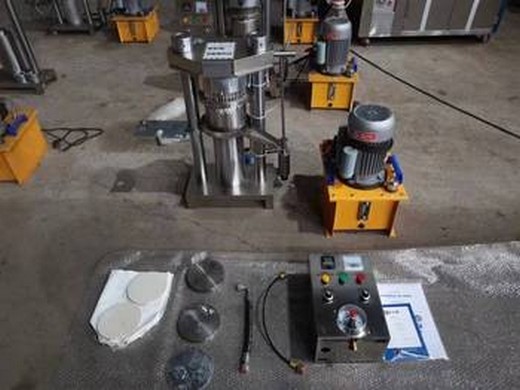
Fatty Acids Composition of Vegetable Oils and Its
Fatty acids composition of vegetable oils is formed by a mixture of saturated (SFAs) and unsaturated (UNFAs) fatty acids classified according to the number of unsaturated bonds as monounsaturated (MUFAs) or polyunsaturated fatty acids (PUFAs). Nevertheless, each of analyzed vegetable oils has specific fatty acid distribution depending on their
GET PRICE
Fatty Acids and Derivatives from Coconut Oil
The C12–C18 fatty acid fractions, approximately 85% of the coconut oil fatty acid composition, are the primary raw materials for detergent-grade fatty alcohols. Coconut oil is a primary source of basic oleochemicals and a host of other oleo-chemical derivatives. Figure 1 indicates some of the major processes by which
GET PRICE
Fatty Acids and Derivatives from Coconut Oil - Gervajio
Coconut oil and palm kernel oil are import feedstocks in the oleochemical industry. Oleochemicals are defined as chemicals made from oils. Coconut oil is well positioned because it has the unique advantage of having its fatty acid composition falling within the carbon‐chain spectrum desired for the production of oleochemicals.
GET PRICE
VCO Supplier - The Fatty Acid Composition of Coconut Oil
The saturated fat in coconut oil is made up of seven different types of fatty acids, including caproic, caprylic, capric, lauric, myristic, palmitic, and stearic acid. Of the seven types of acid, lauric acid is the most predominant. Coconut oil contains about 6 g of lauric acid, a type of medium-chain fatty acid.
GET PRICE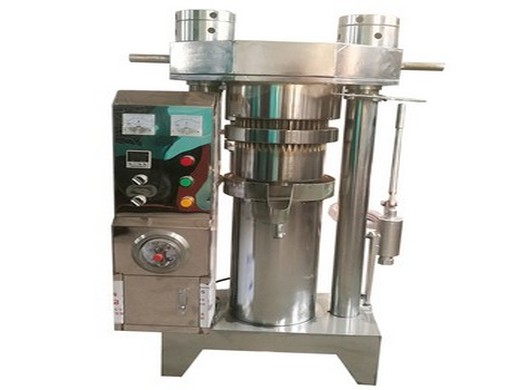
The Health Benefits Of Coconut Oil
The fatty acid composition of coconut oil is believed to benefit digestion as it helps your body to absorb fat-soluble vitamins and also minerals such as calcium and magnesium. Taking a dose of coconut oil alongside omega-3 fatty acids has even been shown to double their efficacy, as it makes the Omega-3 fatty acids more bioavailable.
GET PRICE
FATTY ACID COMPOSITION OF EDIBLE OILS AND FATS
The content of fatty acids as well as the ratio between unsaturated and saturated fatty acids is important pa-rameter for determination of nutritional value of cer-tain oil. Therefore the newest trend in food processing industry is notifying the composition of edible oils and other food commodities for the content of each indi-vidual fatty acid.
GET PRICE
What amino acids are in coconut oil? | AnswersDrive
Coconut oil – bad for LDL cholesterol.But other long-chain saturated fatty acids, like the ones that make up most of the saturated fat in coconut, palm kernel, and palm oils (known as tropical oils), do in fact raise LDL cholesterol considerably. These saturated fats are called palmitic, myristic, and lauric acids.
GET PRICE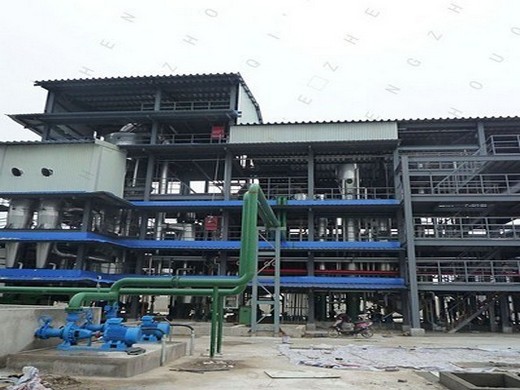
Effects of fatty acids composition and - SpringerLink
Fatty acid composition and microstructure properties of six fats and oils (butter, hydrogenated fat, palm oil, coconut oil, groundnut oil, and sunflower oil) were analyzed. Sunflower oil was found to be the most unsaturated oil with 88.39% unsaturated fatty acid content.
GET PRICE
Coconut Oil & Medium-Chain Fatty Acids
Coconut oil contains antioxidants such as vitamin E, provitamin A, polyphenols and phytosterols. Because coconut oil has a lot of medium-chain fatty acids it can be useful for malabsorption conditions. May have some antibacterial, antiviral and antifungal properties. May help support the immune system.
GET PRICE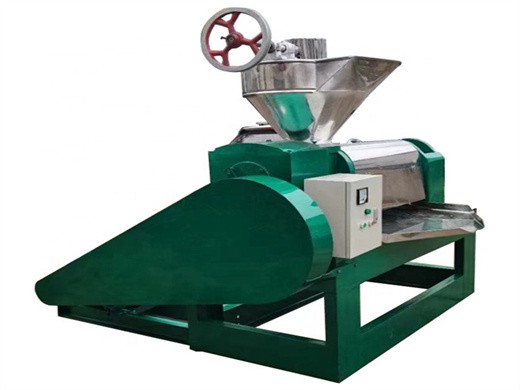
What fatty acids are in coconut oil? | AnswersDrive
Coconut oil is high in certain types of medium chain fatty acids, while concentrated MCT oil is a better source of others. All of these forms are beneficial, but when a person buys an “MCT oil,” he or she is typically trying to consume Capric acid (C10) and Caprylic Acid (C8).
GET PRICE
Fatty Acid Composition of Fats and Oils - UCCS Home
Fatty Acid Composition of Fats and Oils Percent of Total Fatty Acids Kind of Fat or Oil Saturated Monounsaturated Polyunsaturated Safflower oil 9 13 78 Palm oil 51 39 10 Beef tallow 52 44 4 Butterfat 66 30 4 Palm kernel oil 86 12 2 Coconut oil 92 6 2 Bottom figure from Personal Nutrition, 6th ed., Boyle & Anderson, Thomson/Wadsworth, 2007.
GET PRICE
Fact Sheet: Coconut Oil--A Miracle Food? | Adventist
Coconut oil contains 3-4% MCT and only about 15% medium chain fatty acids (2). Uses of Coconut Oil. Regular coconut oil comes from extraction of the dried coconut meat (copra) and is typically bleached, deodorized and refined. Virgin coconut oil comes from a wet extraction process without the use of chemicals or heat.
GET PRICE
usp31nf26s1_m955, NF Monographs: Coconut Oil
» Coconut Oil is the refined fixed oil obtained from the seeds of Cocos nucifera Linné Fatty acid composition— Coconut Oil exhibits the following composition profile of fatty acids, as determined in the section Fatty Acid Composition under Fats and Fixed Oils 401:
GET PRICE
The Health Benefits Of Coconut Oil
The fatty acid composition of coconut oil is believed to benefit digestion as it helps your body to absorb fat-soluble vitamins and also minerals such as calcium and magnesium. Taking a dose of coconut oil alongside omega-3 fatty acids has even been shown to double their efficacy, as it makes the Omega-3 fatty acids more bioavailable.
GET PRICE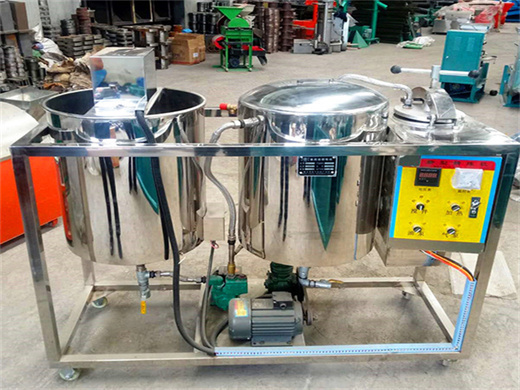
Is Coconut Oil Good for Your Skin?
The medium-chain fatty acids in coconut oil have antimicrobial properties that can help protect against harmful microorganisms.. This is especially important for skin health, as many types of skin
GET PRICE
Coconut Oil Nutrition Facts
Coconut Oil Nutrition Facts. Published on September 5, 2024 by Julie Foster. I guess we all know how we can use coconut oil to maximize its benefits. But, little do we know about its composition. What are the components of coconut oil that make it so amazing? It isn’t just a great tasting oil that you can use anywhere.
GET PRICE
Fatty Acids and Derivatives from Coconut Oil
The C12–C18 fatty acid fractions, approximately 85% of the coconut oil fatty acid composition, are the primary raw materials for detergent-grade fatty alcohols. Coconut oil is a primary source of basic oleochemicals and a host of other oleo-chemical derivatives. Figure 1 indicates some of the major processes by which
GET PRICE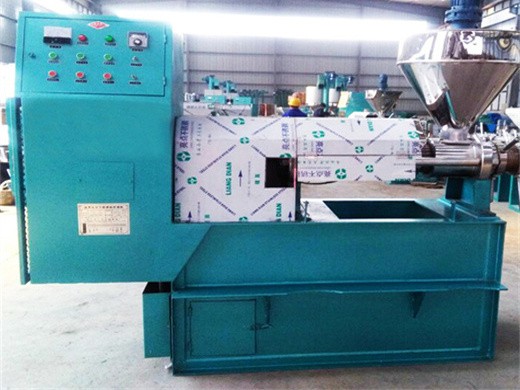
VCO Supplier - The Fatty Acid Composition of Coconut Oil
The saturated fat in coconut oil is made up of seven different types of fatty acids, including caproic, caprylic, capric, lauric, myristic, palmitic, and stearic acid. Of the seven types of acid, lauric acid is the most predominant. Coconut oil contains about 6 g of lauric acid, a type of medium-chain fatty acid.
GET PRICE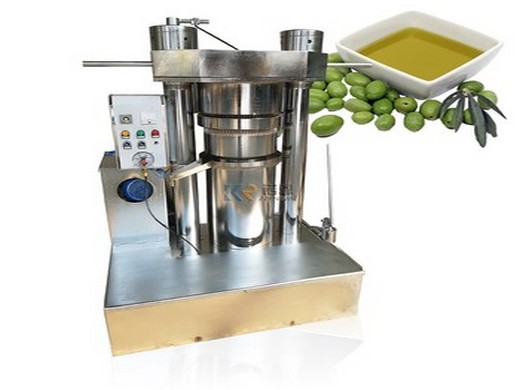
Fatty Acids and Derivatives from Coconut Oil - Gervajio
Coconut oil and palm kernel oil are import feedstocks in the oleochemical industry. Oleochemicals are defined as chemicals made from oils. Coconut oil is well positioned because it has the unique advantage of having its fatty acid composition falling within the carbon‐chain spectrum desired for the production of oleochemicals.
GET PRICE
Coconut Oil | The Nutrition Source | Harvard T.H. Chan
This gives it a firm texture at cold or room temperatures. Fat is made up of smaller molecules called fatty acids, and there are several types of saturated fatty acids in coconut oil. The predominant type is lauric acid (47%), with myristic and palmitic acids present in smaller amounts, which have been shown in research to raise harmful LDL levels.
GET PRICE











